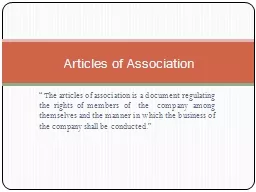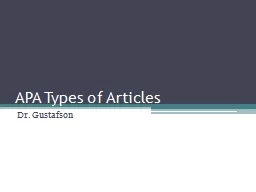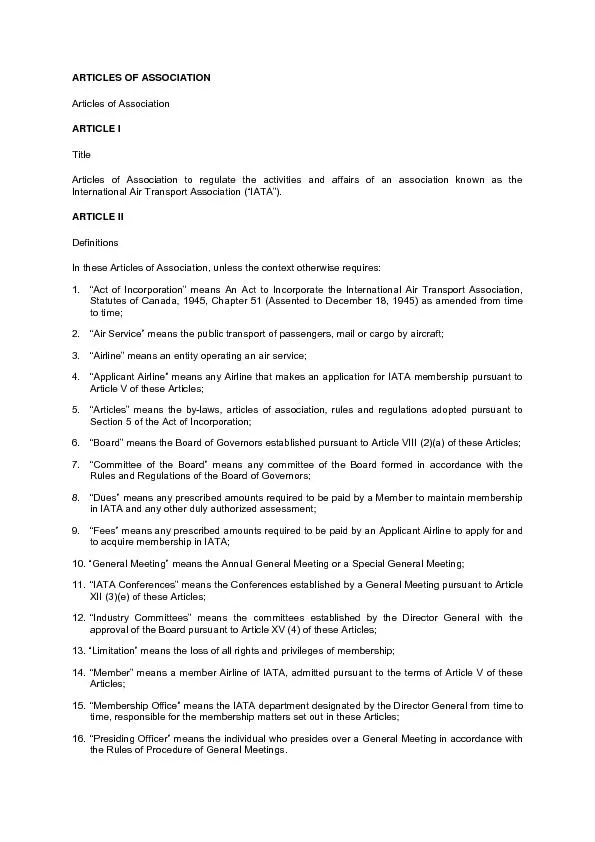PDF-RESEARCH ARTICLES
Author : olivia | Published Date : 2022-08-20
CURRENT SCIENCE VOL 122 NO 2 25 JANUARY 2022 email vivekvitbhopalacin Department of Chemistry School of Advanced Sciences and Languages VIT Bhopal University Bhopal
Presentation Embed Code
Download Presentation
Download Presentation The PPT/PDF document "RESEARCH ARTICLES" is the property of its rightful owner. Permission is granted to download and print the materials on this website for personal, non-commercial use only, and to display it on your personal computer provided you do not modify the materials and that you retain all copyright notices contained in the materials. By downloading content from our website, you accept the terms of this agreement.
RESEARCH ARTICLES: Transcript
Download Rules Of Document
"RESEARCH ARTICLES"The content belongs to its owner. You may download and print it for personal use, without modification, and keep all copyright notices. By downloading, you agree to these terms.
Related Documents














